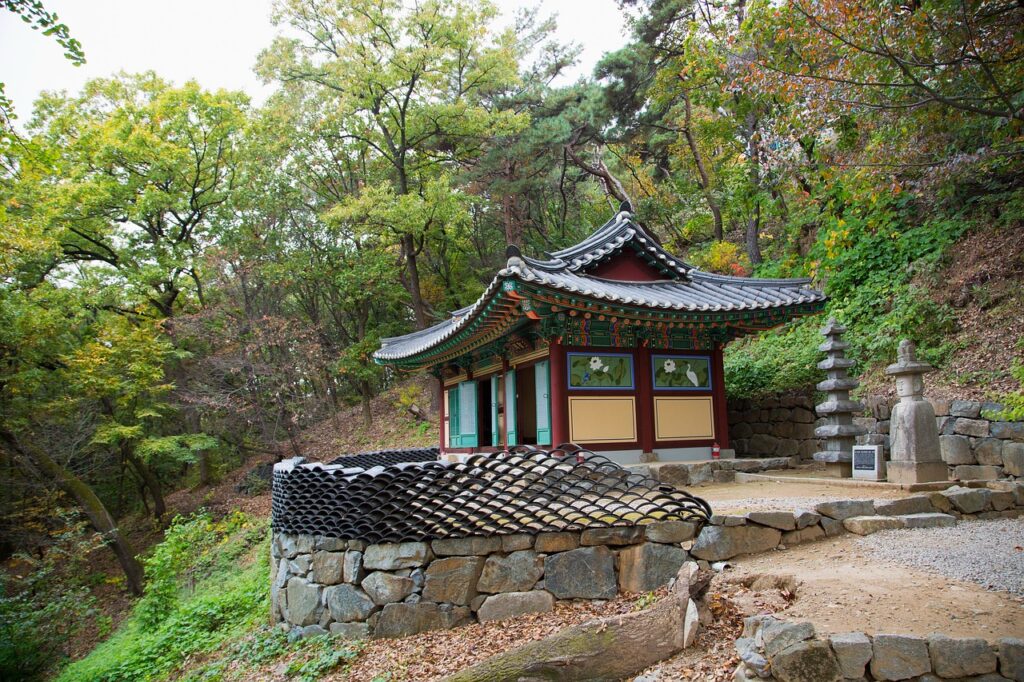Sisterhood and activism don’t just create change — they sustain it. At the heart of meaningful movements across generations has been the undeniable force of women supporting women. One of the clearest modern examples of this is the power of sisterhood activism ewmagwork, a movement shaping conversations around unity, equity, and purpose-driven change. This initiative, detailed at the power of sisterhood activism ewmagwork, highlights how collective energy among women strengthens activism and elevates impact far beyond what’s possible alone.
What Sisterhood Means in Activism
Sisterhood in activism isn’t just about shared gender or identity — it’s about building networks rooted in trust, accountability, and shared values. Unlike traditional hierarchical structures, sisterhood empowers members to speak freely, make space for others, and lift each other’s voices.
This model has deep roots in historical movements. From civil rights to environmental justice, women have always formed the backbone of grassroots organizing. What makes these efforts durable isn’t just the cause — it’s the connection between the people behind it.
In the context of the power of sisterhood activism ewmagwork, we see this concept in action through storytelling, collaboration, and spotlighting marginalized voices. These women-centered collectives redefine leadership — not as a singular, charismatic figure but as a network of people leveraging their individual strengths.
Why it Works: Unity and Shared Purpose
Activism can be exhausting. That’s why sisterhood isn’t just an ideal — it’s a necessity. When challenges feel overwhelming, the support of a like-minded community makes driving change sustainable. The emotional and moral support among women in these circles plays a key role in keeping movements alive.
What makes the power of sisterhood activism ewmagwork stand out is how it transforms emotional support into strategic action. Members aren’t just comforting each other behind the scenes — they’re organizing, campaigning, launching initiatives, mentoring newcomers, and building platforms that include everyone, not just a select few.
This approach builds resilience. Instead of burning out, members learn to rely on shared energy. Instead of fading over time, their momentum grows louder and more effective.
Sisterhood as Strategy
Let’s be clear: sisterhood isn’t just feel-good fluff. It’s strategy.
When women mobilize together, they bring diverse perspectives to the table. That’s especially critical in intersectional activism, where race, class, gender identity, and other dimensions of identity intersect. Sisterhood makes space for nuanced dialogue and broadened solutions.
At its core, the power of sisterhood activism ewmagwork shows how embracing inclusivity doesn’t dilute the mission — it strengthens it. The initiative builds impact by intentionally folding in the experiences of queer women, women of color, disabled activists, and others who are often sidelined.
The result? Stronger campaigns, sharper messaging, and better solutions that reflect real-world complexity.
More Than a Moment: How It’s Built to Last
Movements fade when they’re built on reaction instead of relationship. A viral protest might catch attention today, but without deep connections, that fire rarely lasts.
Sisterhood disrupts that cycle. It builds for the long haul.
Because relationships within these communities run deep — rooted in shared experience and mutual respect — they create a foundation that keeps the mission moving even under pressure. Organizers check in on one another, provide child care for protest days, tag-team logistics, and make sure no one burns out alone.
The structure that the power of sisterhood activism ewmagwork promotes isn’t flimsy or temporary — it’s modeled on emotional infrastructure. That’s what turns passion into progress and short-term engagement into lasting leadership.
Real-World Impact and Ongoing Work
Across the world, we’re seeing this model push into every corner of activism. From labor rights to climate justice, women’s networks are collaborating across borders in ways that simply weren’t possible decades ago.
One striking example comes from grassroots reproductive health advocates, who have adopted a sisterhood model that crosses racial, generational, and economic lines. By linking shared experiences — like navigating healthcare bias or fighting restrictive laws — they’re organizing unified responses that lawmakers can’t ignore.
Meanwhile, digital sisterhoods are leveraging online platforms not only for visibility but for real support. These aren’t just group chats — they’re mobilization hubs connecting women who’ve never met in person but still fight side by side.
All these movements echo the lessons of the power of sisterhood activism ewmagwork: that when women show up for each other consistently and strategically, they shift culture, policy, and entire systems.
How You Can Be Part of It
You don’t need to lead rallies or have a massive social platform to join in. The essence of sisterhood activism is that it’s accessible from wherever you are.
- Listen actively. Amplify voices that aren’t usually heard. That means reading, sharing, and engaging with work by women outside your immediate circle.
- Connect intentionally. Reach out to peers with shared passions. Start small — a book club, a local meet-up, a DMs thread that holds each other accountable.
- Offer your skills. Whether you’re a writer, organizer, designer, or just a great listener — your talents can uplift a campaign or community effort.
- Support consistently. Showing up once is good. Showing up often makes the difference.
Above all, remember that you’re not alone. That’s the point. The power of sisterhood is in knowing someone’s always got your back — and that you’ve got theirs too.
Conclusion: Activism Powered by Connection
The power of sisterhood activism ewmagwork isn’t just a campaign — it’s a movement blueprint. It proves that when women connect, mobilize, and uplift each other, social change becomes more than a distant hope. It becomes inevitable.
By organizing through trust, listening deeply, and sharing the load, sisterhood doesn’t just fuel movements — it multiplies them.
And if history is any guide, movements grounded in sisterhood are the ones that last.
